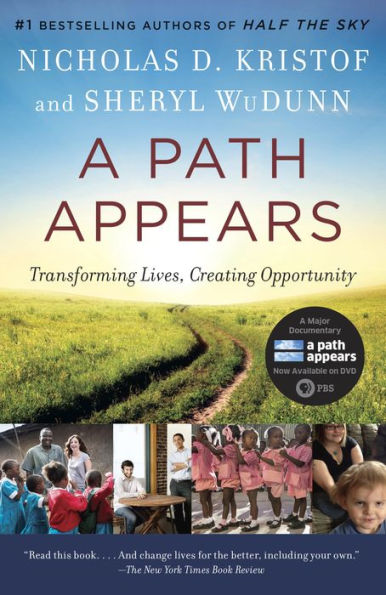Table of Contents
Part 1 Giving Opportunity Wings
1 Introduction: A Meaningful Life 3
2 A Drop in the Bucket 31
Changing Lives, Bead by Bead 50
3 From Anecdote to Evidence 55
Doughnuts with CARE 72
4 The Land of Opportunity-If You Catch Them Early 78
Save the Children, in the USA 116
5 A Thirty-Million-Word Gap 124
A Summer Springboard for Kids 144
6 Who Grabs the Marshmallow? 152
Mrs. Grady and the Boy Who Made Her Cry 172
7 Coaching Troubled Teens 178
A Milestone for Jessica 194
8 The Power of Hope 200
A Kenyan Named Kennedy 221
9 A Doctor Who Treats Violence 241
Renaissance Giver 258
10 Attacking Sex Trafficking 265
Shana's Comeback 278
Part 2 Reforming the Art of Helping
11 Charity: In Search of a Revolution 285
The Biggest Bang for the Philanthropic Buck 313
12 Madison Avenue Helps the Needy 317
Lessons from a Master Pastor 342
13 Scaling Social Good 349
Impossible, Possible Task: A Happy, Healthy Meal 365
14 Doing Good While Being Big 369
The Perfect Product: Cheap, Clean Water 393
Part 3 Give, Get, Live
15 The Neuroscience of Giving: A Natural High 399
The Most Boring Aid in the World 414
16 When Social Networks Dig a Well 418
One Girl, in Memoriam 444
17 Survival of the Kind 447
Philanthropy by the Poor 460
18 Healing Through Helping 464
Encore Careers 481
19 A Hundred Flowers Bloom 485
A Hundred Million Books 501
20 A Giving Code 507
Six Steps You Can Take in the Next Six Minutes 533
A Gift List 535
List of Useful Organizations 539
Acknowledgments 557
Notes 563
Index 615



